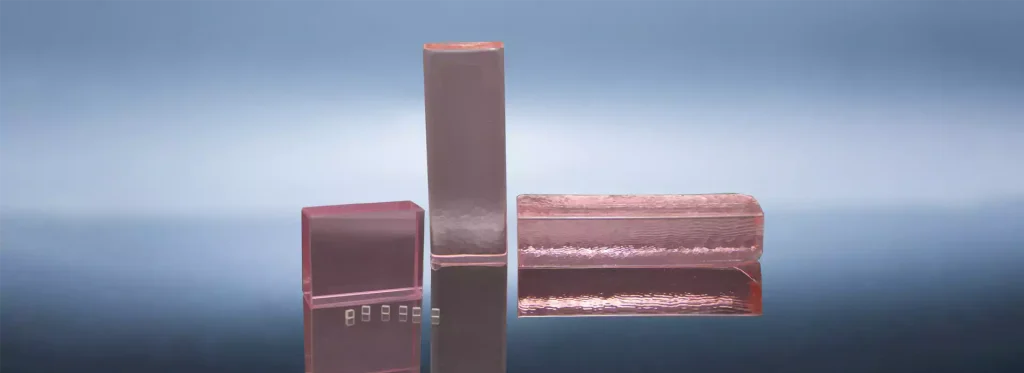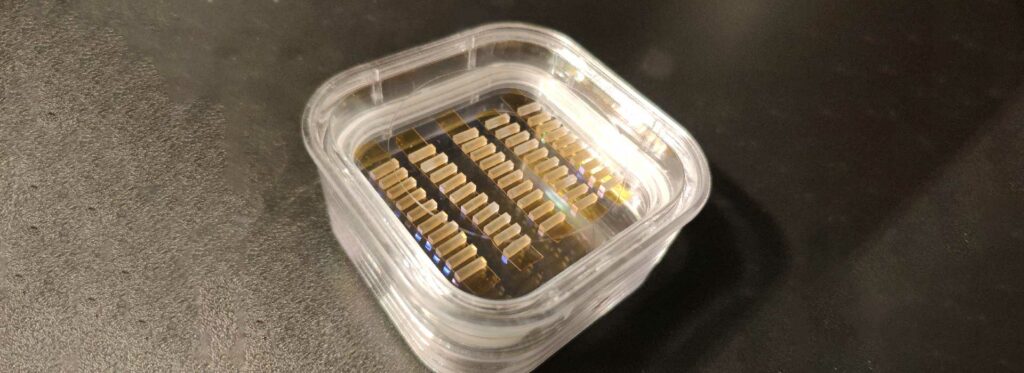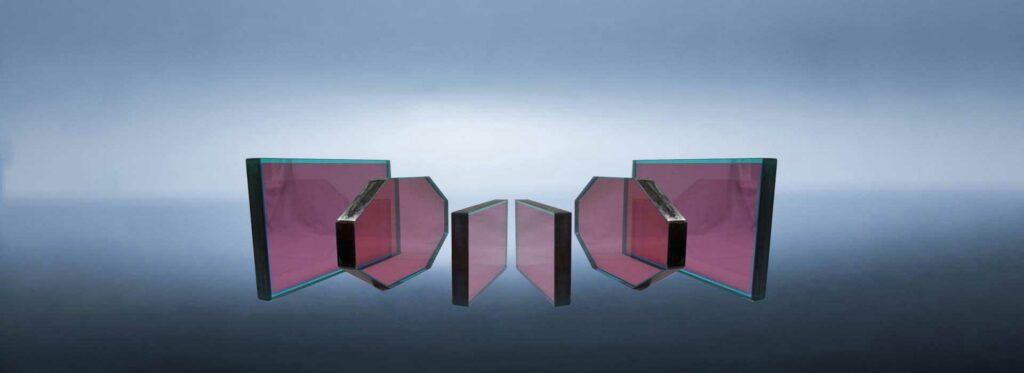1. Ti Sapphire Crystal Applications
1.1 Ultrafast Lasers
One of the primary applications of Ti Sapphire crystal is in ultrafast lasers. Ti Sapphire crystal is used as a gain medium in mode-locked lasers, which generate ultra-short pulses of light on the order of picoseconds or femtoseconds. These ultra-short pulses of light have a broad spectrum, making them useful for various applications, including microscopy, spectroscopy, and material processing.
Ti Sapphire crystal is ideal for ultrafast lasers due to its broad gain bandwidth and high quantum efficiency. The crystal can be pumped with various light sources, including diode lasers and frequency-doubled Nd: YAG lasers, making it versatile and easy to use.
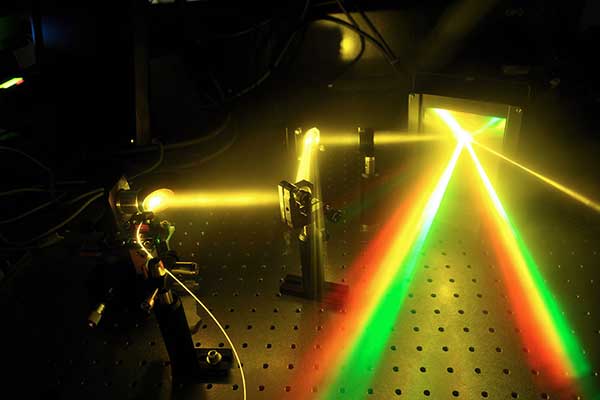
1.2 Spectroscopy
Ti Sapphire crystal is also used in spectroscopy to generate light at specific wavelengths. By tuning the laser frequency of a Ti Sapphire crystal, it is possible to generate light across a broad range of the electromagnetic spectrum, from ultraviolet to near-infrared.
This makes Ti Sapphire crystal an ideal tool for various spectroscopy applications, including fluorescence and pump-probe spectroscopy. Ti Sapphire crystal is also used in Raman spectroscopy, where it is used as a pump source to excite molecules and generate Raman scattering.
1.3 Medical Applications
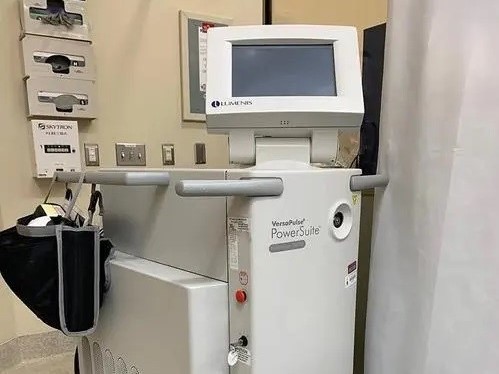
Ti Sapphire crystal is also used in various medical applications, including dermatology and ophthalmology. In dermatology, Ti Sapphire crystal is used as a pulsed light source for skin rejuvenation and hair removal.
In ophthalmology, Ti Sapphire crystal is used as a source of femtosecond laser pulses for corneal surgery. The ultra-short pulses of light generated by Ti Sapphire crystal allow for precise cutting and ablation of corneal tissue, which can correct refractive errors and improve vision.
1.4 Materials Processing
Titanium Sapphire crystal is also used in materials processing, particularly in fabricating microelectronics and other high-tech materials. Ti Sapphire crystal is used as a pulsed laser light source for precision cutting and ablation of materials.
Titanium Sapphire crystal lasers’ high power and precision make them ideal for use in applications such as micromachining and semiconductor fabrication. Ti Sapphire crystal is also used in laser annealing, where it is used to heat materials and improve their electrical properties.
1.5 Future Developments
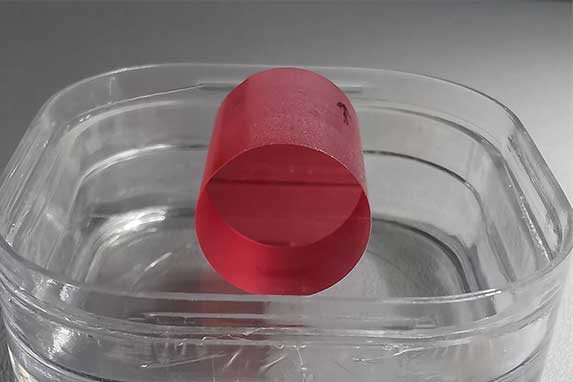
There is ongoing research into the development of new applications for Titanium Sapphire crystal and new types of Ti Sapphire crystal with improved properties. Researchers are working on developing Ti Sapphire crystal lasers with higher power and shorter pulse durations, which would expand their applications in materials processing and other fields.
In addition, there is interest in developing new types of Ti Sapphire crystal that can operate at different wavelengths, which would expand their applications in spectroscopy and other fields.
1.6 Conclusion
In conclusion, Ti Sapphire crystal is a versatile material with a wide range of applications in ultrafast lasers, spectroscopy, medical applications, and materials processing. Ti Sapphire crystal is ideal for ultrafast lasers due to its broad gain bandwidth and high quantum efficiency. It is also useful in spectroscopy applications because it generates light at specific wavelengths.
Ongoing research is focused on the development of new applications for Ti Sapphire crystal, as well as the development of new types of Ti Sapphire crystal with improved properties. With its unique properties and versatility, Ti Sapphire crystal will likely continue to play an important role in various fields, from materials science to medicine.
2. Glass Applications
2.1 Lenses
One of the primary applications of glass is in lenses. Glass lenses are used in a range of applications, including cameras, telescopes, and eyeglasses. The high refractive index and excellent transparency of glass make it ideal for use in lenses.
Glass lenses can be manufactured with high precision, allowing them to focus light of different wavelengths to the same point. This is important in applications such as microscopy and spectroscopy, where it is necessary to resolve small details and accurately measure the spectral properties of samples.

2.2 Mirrors
Glass is also used in mirrors, particularly in telescopes and other optical instruments. Mirrors made from glass reflect and focus light and are critical components in many types of telescopes.
Glass mirrors can be manufactured with high precision, allowing them to produce sharp images with high contrast. The use of glass mirrors is particularly important in high-end telescopes, where it is necessary to detect very faint light sources from distant objects.
2.3 Optical Fibers
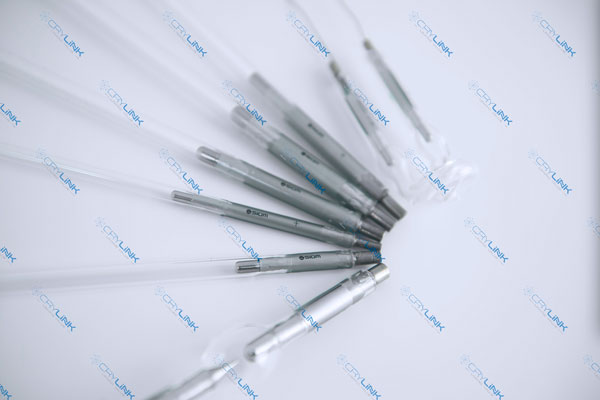
Another important application of glass is optical fibers. Optical fibers made from glass are used to transmit information over long distances. The glass fibers’ high transparency and low attenuation make them ideal for telecommunications and data transmission.
Glass fibers can be manufactured with high precision, allowing them to transmit light with minimal loss. This is important in applications such as fiber optic communications, where it is necessary to transmit large amounts of data over long distances.
2.4 Display Technology
Glass is also used in display technology, particularly in manufacturing flat-panel displays. glass is used as the display substrate, providing a durable and scratch-resistant surface that protects the underlying electronics.
The use of glass in display technology is particularly important in high-end applications such as televisions and computer monitors. Glass substrates can be manufactured with high precision, allowing them to produce sharp and clear images with high contrast.
2.6 Future Developments
There is ongoing research into developing new types of glass with improved optical properties and new manufacturing techniques that can improve the quality and consistency of glass.
Researchers are also working on the development of new applications for glass, particularly in the field of optoelectronics. For example, glass-based optoelectronic devices such as solar cells and light-emitting diodes (LEDs) are being developed, which could have important implications for renewable energy and lighting technology.
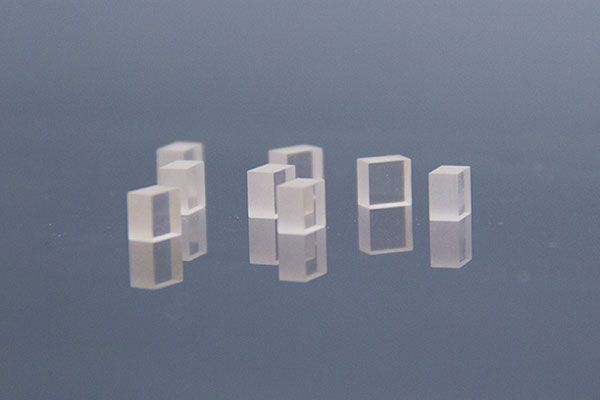
2.7 Conclusion
In conclusion, glass is a versatile material with many applications in optics, display technology, architecture, and other fields. Glass lenses and mirrors are used in various applications, from cameras and telescopes to microscopy and spectroscopy.
Optical fibers made from glass are critical components in telecommunications and data transmission, while glass substrates are used to manufacture flat-panel displays.
Ongoing research is focused on developing new types of glass with improved optical properties and new applications for glass in optoelectronics and other fields. The glass’s unique properties and versatility will likely continue to play.
3. Comparison of applications between Ti Sapphire crystal and Glass
Ti Sapphire crystal and glass have different applications due to their unique properties. Ti Sapphire crystal is used as a gain medium in ultrafast lasers, while glass is used in lenses, mirrors, and optical fibers.
In addition, Ti Sapphire crystal can be used in spectroscopy to generate light at specific wavelengths, while glass is used in display technology.

Frank
Frank graduated from the University of Shanghai for Science and Technology, majoring in optics. As a technical engineer at Crylink Company, he deeply understands crystal materials and laser components.
Related Video(s) with this Article
Related Product(s) with this Article
Related Application(s) with this Article

